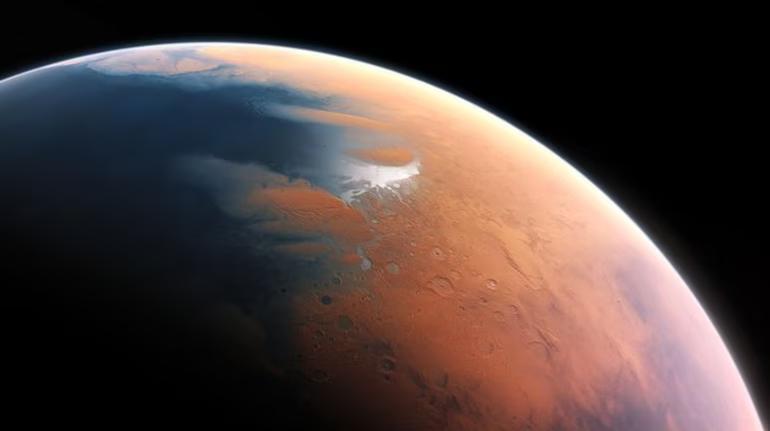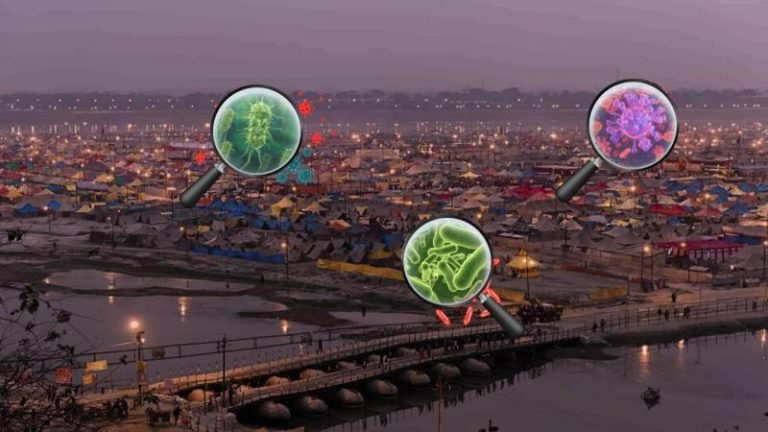
Mars May Have Once Had Rain & Snowfall, Finds New Study
For decades, scientists have been fascinated by the red planet, Mars. With its barren landscape and rocky terrain, it’s hard to imagine that Mars was once a very different place. But, a recent study by the University of Colorado Boulder has shed new light on the planet’s past, suggesting that Mars may have once experienced rainfall and snowfall, feeding valleys and channels.
The study, published in the journal Science, analyzed data from NASA’s Mars Reconnaissance Orbiter, which has been mapping the planet’s surface since 2006. Using this data, researchers were able to identify patterns of sedimentary deposits, which are typically formed by flowing water. These deposits were found in the planet’s ancient river valleys and lakebeds, suggesting that water played a significant role in shaping the Martian landscape.
According to the study, the water on Mars was likely seasonal, with rainfall and snowfall occurring during certain periods of the year. This would have created a more hospitable environment for life to thrive, as water is essential for many biological processes. In fact, the study’s findings suggest that Mars may have once had conditions that were suitable for life to emerge and evolve.
So, where did this water come from? The source of the water on Mars is still a mystery, but researchers have a few theories. One possibility is that the water came from the planet’s interior, where it’s thought to be abundant. This water could have risen to the surface through geothermal activity, such as volcanic eruptions or tectonic activity. Another possibility is that the water was delivered to Mars from elsewhere in the solar system, such as comets or meteorites.
The discovery of water on Mars is significant because it raises the possibility that life may have existed on the planet in the past. While there’s currently no conclusive evidence of microbial life on Mars, the presence of water increases the chances of finding signs of life. NASA’s Curiosity rover, which has been exploring Mars since 2012, has already found evidence of ancient lakes and rivers on the planet. The rover has also detected organic molecules, which are the building blocks of life, in Martian rocks.
The study’s findings also have implications for our understanding of the Martian climate. While Mars is known for its harsh, barren environment, the study suggests that the planet may have once had a more Earth-like climate, with liquid water flowing on its surface. This could have occurred during a period known as the “Amazonian” era, which is believed to have occurred around 4 billion years ago. During this time, Mars may have had a thicker atmosphere, which would have trapped more heat and allowed for liquid water to exist on the surface.
The study’s lead author, Dr. Joseph Michalski, a researcher at the University of Colorado Boulder, said in a statement, “The discovery of ancient rivers and lakes on Mars is a major breakthrough in the search for life beyond Earth. It’s a reminder that Mars is a dynamic and complex world that continues to surprise us.”
While the study’s findings are exciting, they also raise more questions than answers. For example, if Mars once had a more Earth-like climate, what caused the planet to cool and dry out? And, if the water on Mars was seasonal, what was the timing and duration of these events?
These are just a few of the many questions that remain unanswered, but the study’s findings are an important step forward in our understanding of Mars’ past and its potential for supporting life. As scientists continue to study the planet, we may uncover even more evidence of Mars’ watery past, and maybe even discover signs of life.






